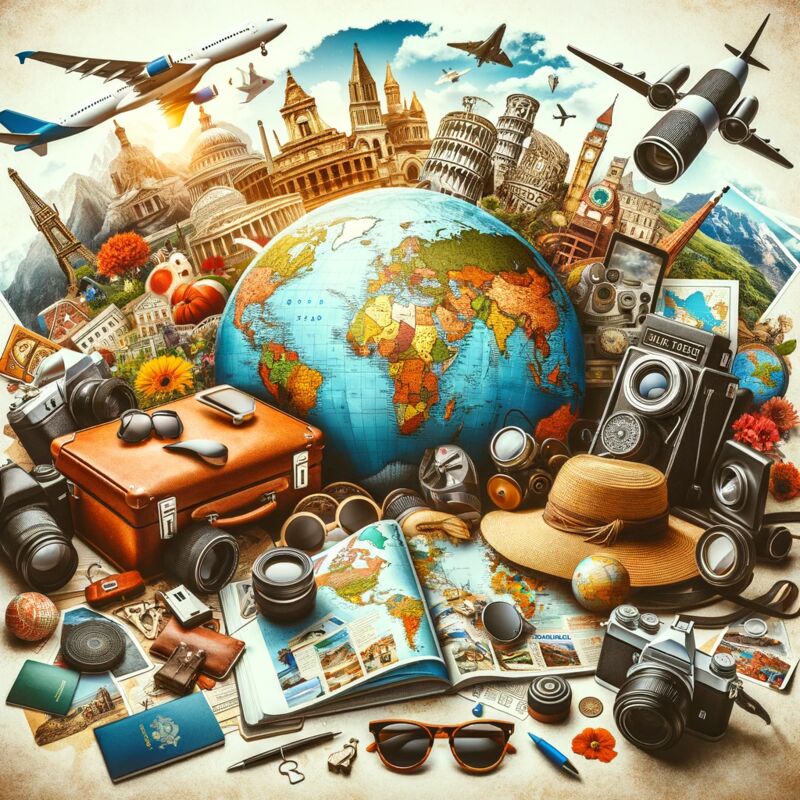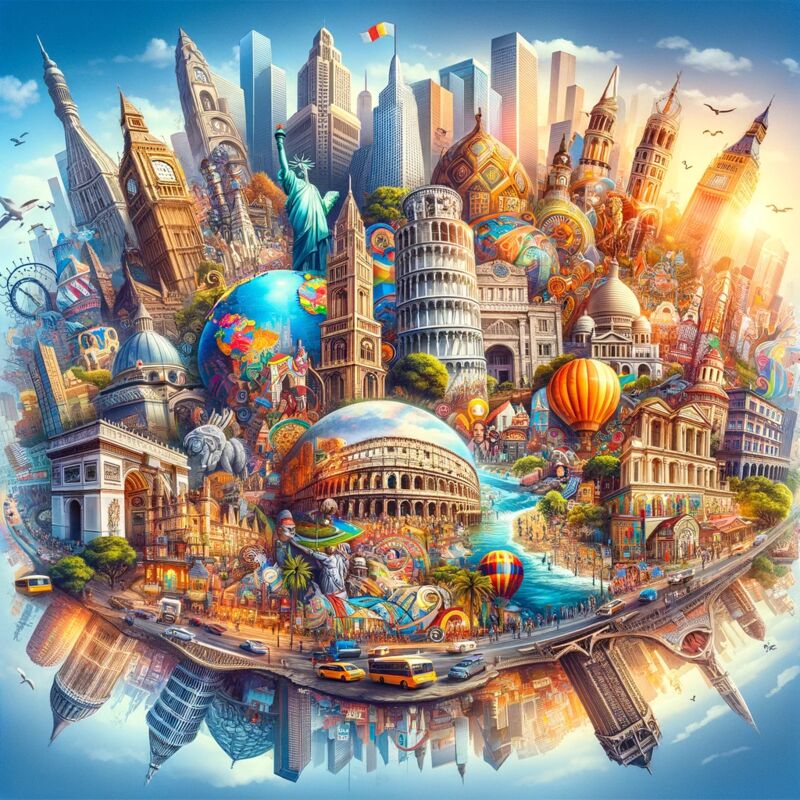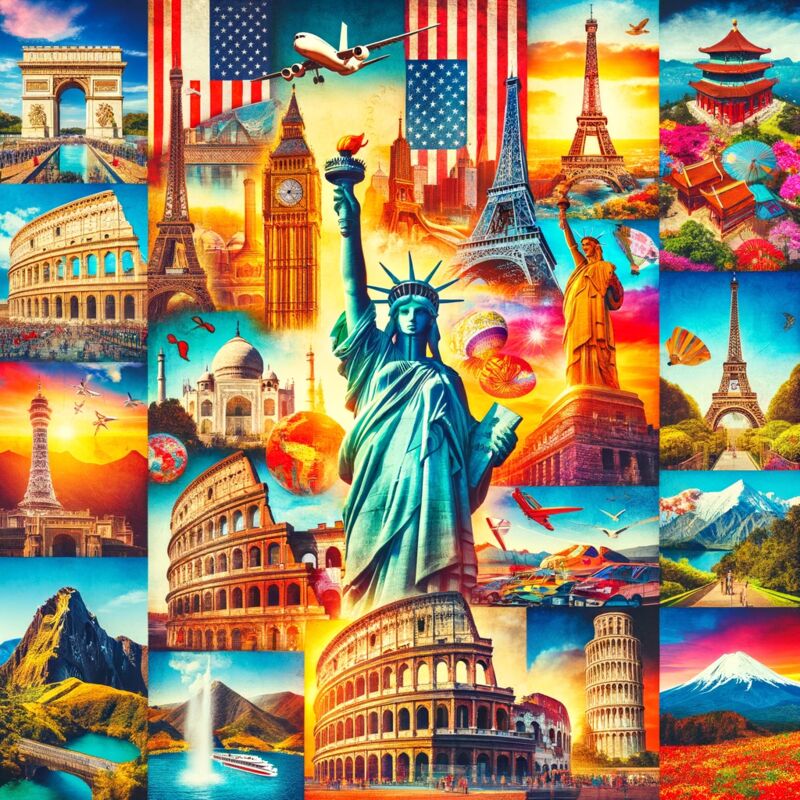Discovering the Heart of Denmark: Heritage and Traditions
The Hygge Way of Life
Immerse yourself in the Danish concept of hygge (pronounced "hoo-ga"), a central facet of local culture that embodies the art of creating a warm atmosphere and enjoying the good things in life with loved ones. This cozy approach to living can be experienced in the soft glow of candlelight at a cafe, during an intimate family gathering, or simply when indulging in a delicious Danish pastry. The joy of hygge is in its simplicity and its focus on well-being and savoring the moment.
Delicious Danish Cuisine
Danish cuisine is renowned for its bold flavors and traditional recipes, often centered around seafood, meat, and bread. Smørrebrød, an open-faced sandwich typically adorned with herring, egg, or cold cuts, is a lunchtime staple. To truly experience the local way of eating, one must also try the savory frikadeller (meatballs) or the iconic Danish hot dog from a street vendor. Don't forget to leave space for desserts like the mouthwatering risalamande or the festive æbleskiver.
Enchanting Danish Design
Denmark is synonymous with sleek and functional design. The minimalist aesthetics of Danish design and architecture are apparent in everything from furniture to public spaces. Witness this firsthand by visiting the Danish Design Museum or simply strolling through the streets of Copenhagen, where even the most mundane items can be works of art, reflecting the Danish passion for beautiful yet practical design.
Folk Festivities and Traditions
Embrace the Danish spirit during traditional festivities and celebrations. Midsommer, known as Sankt Hans evening, is marked by bonfires and the singing of midsummer songs. Christmas is another enchanting time, with julemarkeder (Christmas markets) and the distinguished julefrokost (Christmas lunch), which is as much a feast for the stomach as it is for the soul. The festive ambience and hearty social interactions highlight the Danes' love for communal celebrations.
The Danish Monarchy
Denmark's monarchy, one of the world's oldest, plays a significant role in the country's cultural identity. The royal family is deeply respected and serves as a symbol of the nation's history and tradition. Tourists can explore the royal palaces, such as Rosenborg Castle or Amalienborg Palace, to glimpse into the lives of Danish royalty and experience the grandeur that has been part of the country's heritage for centuries.
Folk High Schools and Lifelong Learning
Dive deep into the concept of Folkehøjskoler (Folk High Schools), which are unique to Danish culture and emphasize non-formal adult education. These schools encourage learning for life, offering a variety of courses ranging from arts and politics to sports and philosophy, reflecting the Danish value placed on personal development and community involvement.
The Great Outdoors
Nature plays a pivotal role in Danish life. From biking along the city paths or in the countryside to enjoying a family picnic at one of the nation's beautiful beaches, the Danes are passionate about outdoor activities. With an abundance of parks, forests, and coastlines, Denmark offers boundless opportunities to enjoy activities like sailing, fishing, or hiking—thereby fostering a strong connection to the natural world.
Music and Literature
Denmark has a rich legacy in both music and literature. Renowned fairy tale author Hans Christian Andersen is celebrated for his contributions to children's literature, with statues and museums in his honor. Danish music, covering a broad spectrum from classical composers to modern rock and pop artists, echoes throughout the lively streets and cozy venues, ensuring that travelers can always find a rhythmic backdrop to their Danish adventure.







